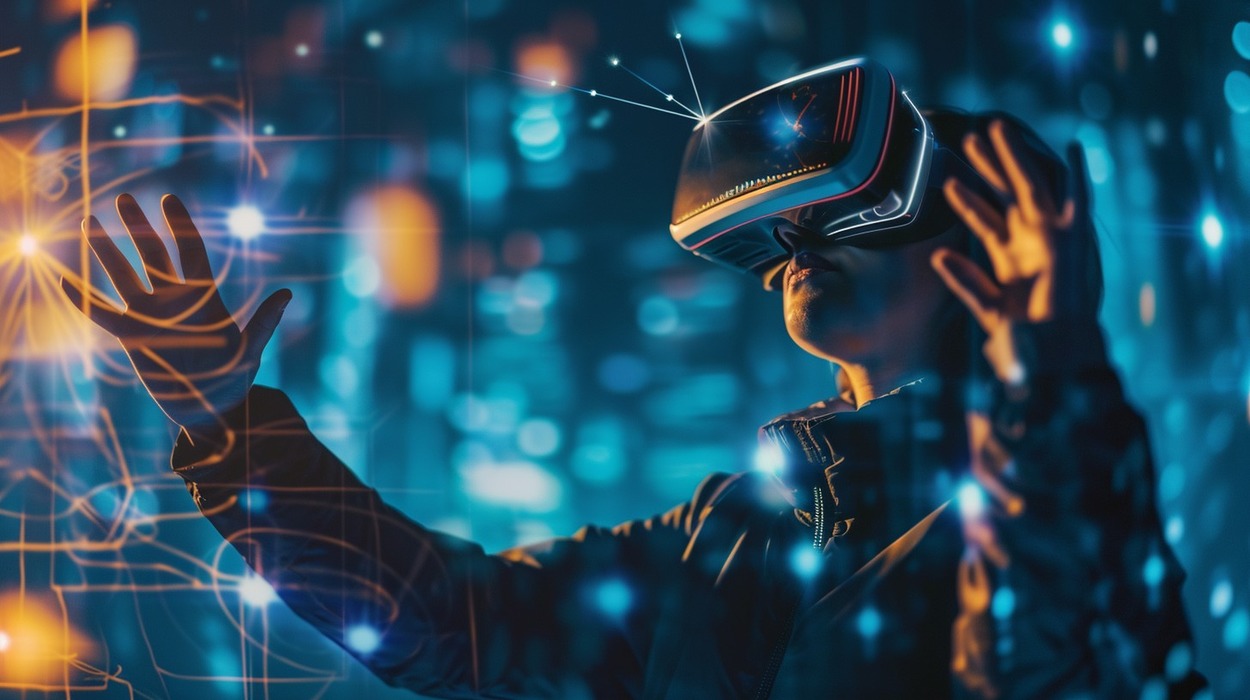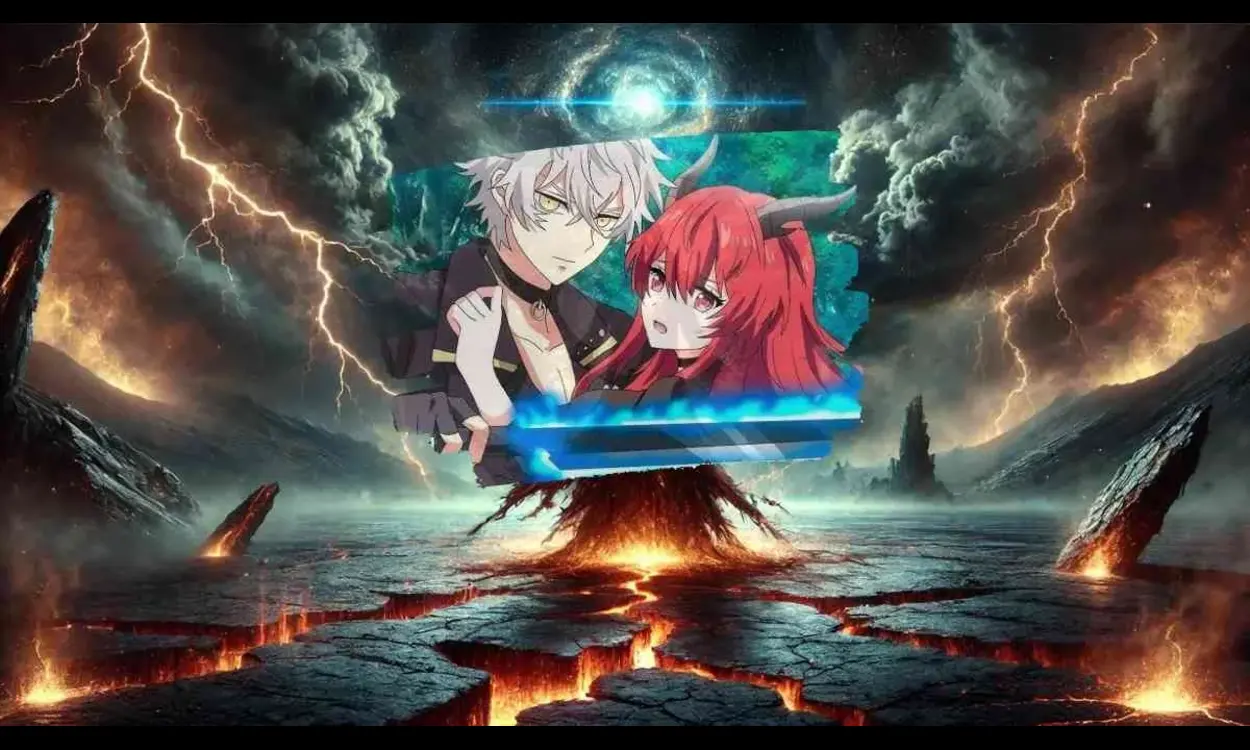Introduction
Twñcel is a term that, while not widely recognized, encapsulates a range of ideas and practices with significant historical roots and contemporary relevance. The concept of Twñcel may pertain to various fields, including culture, technology, or philosophy, depending on the context in which it is used. This article explores the origins, historical significance, and modern applications of Twñcel, providing a comprehensive understanding of its impact and potential.
Etymology and Origins
The term “Twñcel” likely has a unique etymology, possibly originating from a combination of words in an ancient or lesser-known language. The specific meaning of Twñcel may vary, but it generally suggests a process or state involving transformation, convergence, or synchronization. The precise origin of the term remains a subject of speculation, but it is believed to have been used historically to describe phenomena that bring together disparate elements into a cohesive whole.
Historical references to Twñcel are sparse, but available records suggest that it may have been associated with practices or beliefs related to unity, harmony, or integration. These concepts are often central to philosophical or spiritual traditions, where the idea of bringing different parts into alignment is a common theme. As such, Twñcel may have served as a metaphor for processes of reconciliation, synthesis, or transformation in various cultural contexts.
Cultural and Philosophical Context
In cultural and philosophical contexts, Twñcel can be understood as a principle or practice aimed at achieving harmony or balance. This idea resonates with many traditional philosophies and belief systems, which often emphasize the importance of maintaining equilibrium between opposing forces. For example, in Eastern philosophies such as Taoism and Buddhism, the concept of balance and harmony is fundamental, with the Yin-Yang symbol representing the interdependence of opposites.
Twñcel might also be related to the idea of synthesis in philosophical discourse. Synthesis involves combining different ideas or elements to form a new, unified whole. This process is a key aspect of dialectical thinking, where opposing viewpoints or forces are reconciled through a synthesis that transcends the original dichotomy. In this sense, Twñcel could be seen as a metaphor for the process of achieving unity or coherence through the integration of diverse perspectives.
In a broader cultural context, Twñcel may also refer to the blending or merging of different cultural traditions. This can occur through various means, such as migration, trade, or intercultural exchange. The resulting cultural synthesis can lead to the creation of new cultural forms and practices, which are enriched by the diverse elements they incorporate. This process is evident in the history of many societies, where cultural exchange has played a crucial role in shaping art, cuisine, language, and other aspects of cultural life.
Technological and Scientific Applications
In the modern era, the concept of Twñcel can be applied to various technological and scientific fields. One notable example is the field of information technology, where Twñcel might refer to the integration of different systems or technologies to create a more efficient and cohesive whole. This process, often called system integration, is essential in various industries, from manufacturing to healthcare, where disparate systems need to work together seamlessly.
In computer science, Twñcel could be associated with concepts such as interoperability and convergence. Interoperability refers to the ability of different systems or software applications to communicate and work together, while convergence refers to the merging of different technologies into a single platform or device. For example, modern smartphones are a result of technological convergence, combining functionalities of phones, cameras, computers, and other devices into one compact form.
The scientific community also encounters the idea of Twñcel in interdisciplinary research, where knowledge and methods from different scientific disciplines are integrated to address complex problems. This approach is increasingly important in fields such as environmental science, public health, and artificial intelligence, where complex issues require a holistic understanding that spans multiple disciplines.
Modern Implications and Challenges
The modern implications of Twñcel are vast and varied, reflecting its relevance in a wide range of contexts. One key implication is the potential for innovation and creativity that arises from the synthesis of different ideas, technologies, or cultural practices. By bringing together diverse elements, Twñcel can lead to the creation of novel solutions, products, or experiences that would not be possible within a single domain.
However, the process of Twñcel also presents challenges. One challenge is the risk of losing distinctiveness or uniqueness when different elements are merged. This is particularly relevant in cultural contexts, where the blending of traditions can sometimes lead to the dilution or homogenization of cultural identities. This issue is a topic of debate in discussions about globalization and cultural preservation, where the balance between embracing new influences and preserving cultural heritage is a delicate one.
Another challenge lies in the technical and logistical aspects of integrating different systems or technologies. In the realm of information technology, for example, ensuring interoperability and seamless integration can be a complex and resource-intensive process. This challenge is compounded by issues such as data security, privacy, and the need for standardization across different platforms and systems.
Future Prospects and Opportunities
Looking to the future, the concept of Twñcel holds significant promise in various fields. In the cultural sphere, there is growing interest in the idea of cultural hybridity, where different cultural elements are blended to create new, dynamic forms of expression. This trend is evident in areas such as music, fashion, and cuisine, where artists and creators draw on diverse influences to produce innovative works.
In technology and science, the ongoing trend of convergence is likely to continue, driven by advances in areas such as artificial intelligence, biotechnology, and the Internet of Things (IoT). These technologies offer new opportunities for integration and synthesis, leading to the development of more sophisticated and multifunctional systems. For example, the convergence of AI and biotechnology could revolutionize healthcare, enabling personalized medicine and more effective treatments for complex diseases.
Moreover, the increasing importance of interdisciplinary approaches in addressing global challenges underscores the value of Twñcel in fostering collaboration and innovation. As the world grapples with issues such as climate change, pandemics, and social inequality, the integration of knowledge and expertise from diverse fields will be crucial in finding sustainable solutions.
Conclusion
Twñcel is a multifaceted concept with deep roots in cultural, philosophical, and technological contexts. Its historical significance and modern applications highlight the importance of integration, synthesis, and convergence in various aspects of human life. While the process of Twñcel presents challenges, such as balancing cultural preservation with innovation and ensuring technical interoperability, it also offers immense opportunities for creativity, collaboration, and problem-solving.
As we move forward, embracing the principles of Twñcel will be essential in navigating the complexities of a rapidly changing world. By fostering a spirit of openness and inclusivity, Twñcel can help bridge divides, enrich cultural and technological landscapes, and contribute to the creation of a more interconnected and harmonious global community.











